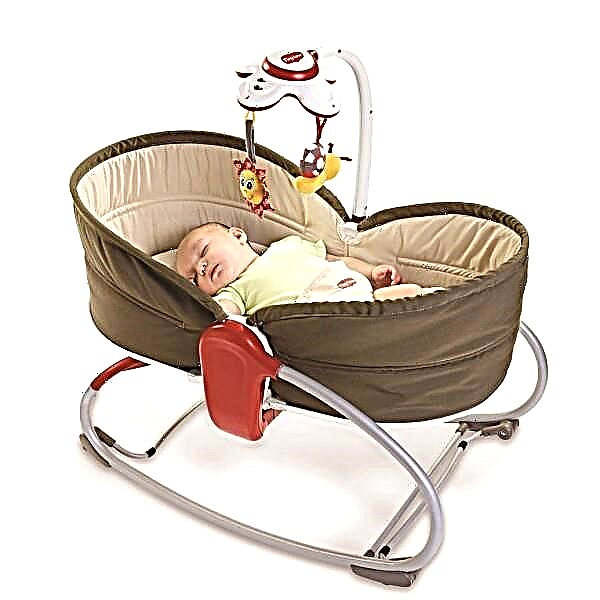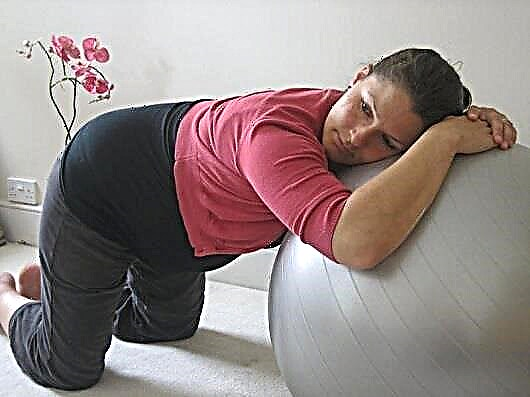In the first weeks and months of a child's life, parents try to protect him from all sources of infection. No matter how hard they try, the baby still has snot. Why it happens? What is a physiological rhinitis in a baby, whether it needs to be treated, this article will tell.
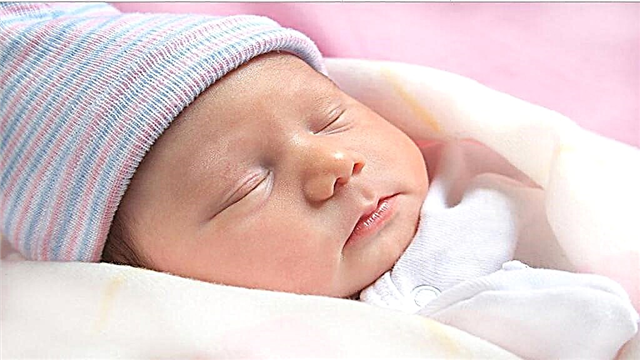
Baby sleeping
The main causes of the common cold in children
A nasal congestion in a baby is not always caused by a cold. There are quite natural conditions called physiological rhinitis, which are not considered a disease, but only the body's response to certain circumstances. This phenomenon can occur at any age, but there are some patterns:
- Adaptation to new conditions. In the first week of life, the baby's nasal passages adapt to the new environment, so the appearance of a small transparent discharge is the norm. Typically, this runny nose lasts from one to three weeks. If during this period there is no increase in body temperature, moodiness and lethargy, then treatment is not required.
- Development of the salivary glands. By about three months, the baby's salivary glands begin to actively develop. At the same time, discharge is formed not only in the mouth, but also in the nasopharynx, provoking a runny nose. It is also not a disease.
- Teething. Nasal congestion, sometimes accompanied by a fever, can occur during teething. Active blood circulation in the gums also provokes inflammation of the nasopharynx. Usually this condition disappears without a trace after the teeth erupt.
- Unfavourable conditions. Non-cold factors that can be influenced are inappropriate conditions of the newborn's environment. Dry air, house dust, animal hair, household chemicals - all this can provoke the development of a cold.
How to recognize physiological rhinitis
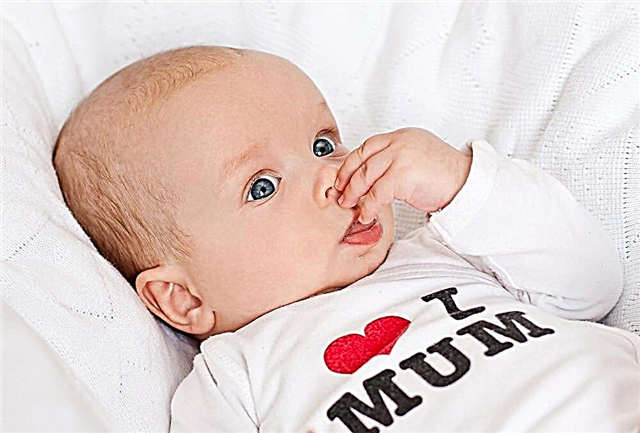
The child touches the nose
Many parents ask themselves: what kind of cold is not dangerous to health?
Physiological runny nose in infants has the following symptoms:
- discharge is liquid and transparent, their number is small;
- "grunting" sounds or puffing are observed;
- periodic nasal congestion, which can go away by itself;
- transparent snot appears during crying, taking a bath, being in the cold.
If only the listed signs are observed in a newborn, then they do not require treatment as such. Only a few measures are possible that can facilitate the evacuation of secretions.
The opinion of the pediatrician Komarovsky E.O.
The well-known pediatrician, Evgeny Komarovsky, believes that physiological snot in a newborn does not harm, on the contrary, it helps the baby. They are a protective barrier to the lungs. Thus, bacteria and dust are retained in the mucus, it prevents them from entering the respiratory tract.
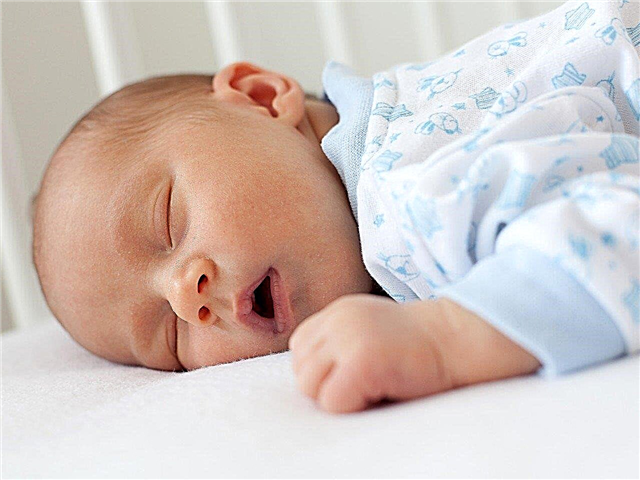
Baby sleeping with open mouth
How long does physiological rhinitis last
This condition is observed in 90% of newborns in the first week of life. For some children, it can take much longer - up to several months. If the discharge causes severe discomfort to the baby, it is better to see a doctor.
Important! A physiological runny nose can last from 1 to 12 weeks.
Is it possible to walk
Many mothers begin to worry about the slightest change in the state of the crumbs and, in an attempt to protect him from colds, are not allowed out on the street at all. This is wrong - you can and should walk. Physiological rhinitis is not a disease, fresh air will only have a positive effect on the health of the baby. Doctor Komarovsky advises to walk even with a cold rhinitis if there is no temperature and the weather permits.
Important! Walking in the fresh air every day helps to strengthen your immune system.
Possible complications
Despite the harmlessness of a physiological rhinitis, you should always monitor the condition of the crumbs. Excessive inflammatory process threatens with complications such as sinusitis, sinusitis, otitis media and other diseases of the ENT organs.
Important! If you experience any doubtful symptoms, you should consult a doctor so that, if necessary, treatment can be started on time.
Tips for parents
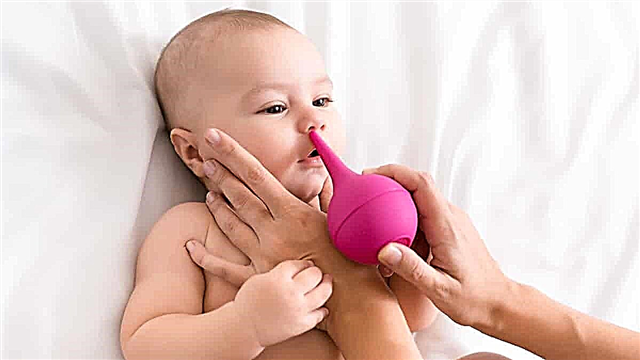
Pear syringe
In order to prevent the development of complications, Dr. Komarovsky recommends that the child be provided with a sufficient amount of liquid, access to fresh air by airing the room and daily walks. Excessive secretions can be sucked off with a baby syringe or an aspirator, after dropping a solution of sea salt or saline.
When to see a doctor
If the body cannot cope with viruses and bacteria, a cold or viral rhinitis begins. Under favorable conditions, this rhinitis lasts up to 7-10 days. If it does not go away during this time, and thick greenish-yellow snot appears, this indicates the addition of a bacterial infection. In this case, you do not need to self-medicate and you should consult a doctor.
Symptoms to be concerned about and show your child to a pediatrician:
- the nature and color of the discharge change, the snot becomes dense and thick;
- severe nasal congestion, which interferes with the baby during feeding and sleep;
- increased body temperature and lethargy;
- loss of appetite;
- frequent stools with mucus.
Important! You can distinguish a cold rhinitis by the nature and color of the discharge.
Prevention
Picture 5 Child smiles
To avoid physiological rhinitis caused by unfavorable environmental conditions, you need to adhere to the following recommendations:
- The air in the room must be sufficiently humid. This is especially true during the heating season. For the best result, it is advisable to use a special air humidifier, but you can also turn to improvised means: wet towels, containers of water. However, there must be a balance in everything, since both dry and excessively humid air can provoke a runny nose.
- It is necessary to carry out daily wet cleaning. As far as possible, minimize the presence of "dust collectors" such as carpets, soft toys, decorative interior items.
- The air temperature in the room should not exceed +25 degrees.
- It is necessary to ventilate the room well, using this time for walks in the fresh air.
- Use only hypoallergenic detergents and care products for newborns.
- If necessary, moisturize the nose with saline or sea salt products.
Important! With physiological rhinitis, vasoconstrictor nasal drops should not be used.
Although such a runny nose is not a disease, you need to monitor the baby's condition and, if possible, alleviate his condition when the baby is anxious.


